What is Reflective Writing?
Reflective writing is an analytical practice in which the writer examines or describes a real or imaginary scene, interaction, event, passing thought, or memory and adds a personal reflection on its meaning. The writer then writes about those experiences, describing how he or she has developed, changed, or grown from those experiences.
In this article, you’ll be introduced to reflective writing and some techniques to help you make the most of the reflection process. Throughout your degree, you’ll be asked to reflect on the theories you learn and experiences you have. Reflection allows you to look back on something and think deeply about it. By analyzing, questioning, and evaluating the experience, you’ll develop new insights and perspectives. Often, this will, in turn, challenge your beliefs and affect your future actions.
Reflective Writing is a Valuable Process
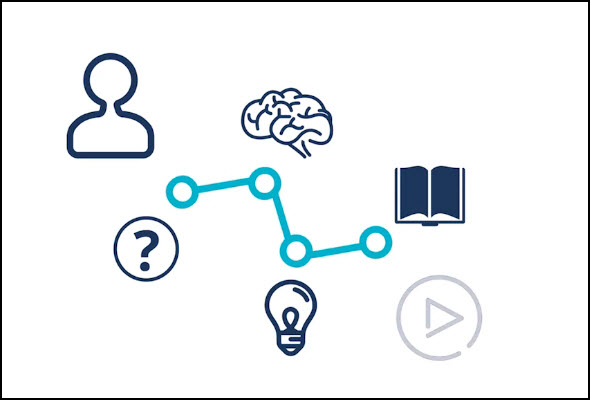
Reflective writing is a chance to think critically about how an experience made you feel and how this connects to your personal beliefs. We all have our own perspectives that we bring to any situation, which in turn affects how we see it. This process also gives you an opportunity to connect these experiences, feelings, and beliefs to theory and research. You can then use these ideas in combination to inform how you might act or think differently in the future.
Focus on Interpretation and Evaluation
Be careful. One of the dangers, when asked to write a reflective piece, is to dedicate too much of your word count to simply describing the experience rather than dedicating effort towards interpreting and evaluating it.
The reflection then simply becomes a recount of what happened or a repeat of what you’ve studied. To avoid this, remember: your personal perspective is important. Unlike other types of writing, reflective writing is a chance for you to write about your feelings and experiences in the first person.
DIEP
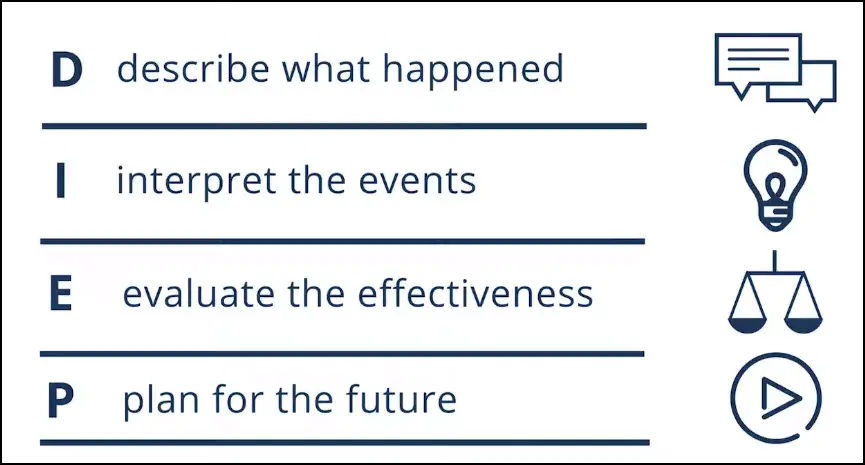
To be sure your reflective writing piece goes deeper than simply describing the event, try considering your experience in relation to this model:
D:
Describe what happened. This could be a single incident or a highlight from that week’s lecture or reading. You don’t need to recall the entire experience – just a key aspect of the experience itself.
I:
Interpret the event. Consider what the experience might mean. How did it make you feel? How does it relate to other things you’ve learned? What new insights have you gained from it?
E:
Evaluate how beneficial or useful the experience has been.
P:
Finally, outline a plan for how the experience may impact your thinking and behavior in the future.
Start by Brainstorming Your Ideas
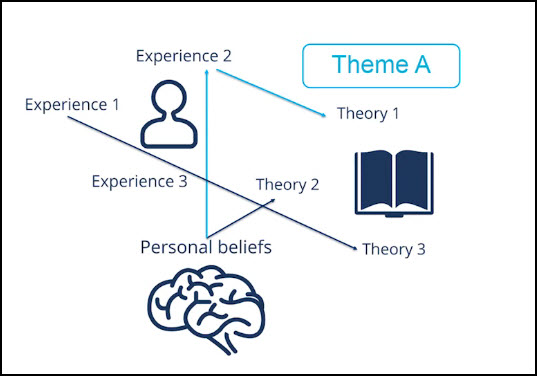
Being able to write in this way takes time and practice. Start by brainstorming aspects of your experience first, then any relevant theories you studied. Next, add related past experiences or personal beliefs.
Once you’ve finished brainstorming, try making connections between the ideas. This final step will help you identify a theme. Doing this first will give you the best chance of producing a connected narrative where your experience, interpretations, evaluations, and plans are presented in a cohesive way.
By focusing on a theme, rather than the entire experience or entire reading or lecture, you’ll be able to go into more depth in your reflection and dedicate more word count to your perspective and insights.
If you have time and already have a topic to write about, now start your own brainstorm and find a theme to focus on. Once you’ve identified your theme, you’re ready to write.
We’re going to look at two sample paragraphs and review them against the DIEP reflective writing model. Read the two paragraphs and ask yourself: is one more effective than the other? If so, how? Why?
Also Read: 6 Qualities of Good Academic Writing You Should Adopt Now!
Paragraph 1:
When writing a technical note during my internship I was able to use my rolling stock knowledge to apply fleet braking performance characteristics, as documented in the fleet standards, and track geometry, as defined by drawings, to identify worst case stopping distances. It was my first time to write a technical note. The senior engineer I was working for gave me guidance throughout the process. However, upon seeing the amount of comments on my first draft, I felt disheartened, but once I read through them, I realized they were all worthy additions to the deliverable.
Paragraph 2:
While I am confident in my technical knowledge and understanding, writing succinct technical documents is a skill I hope to develop further. When writing a technical note during my internship I was able to use my rolling stick knowledge to apply fleet braking performance characteristics, as documented in the fleet standards, and track geometry, as defined by drawings, to identify worst-case stopping distances. As this was my first technical note, I found it challenging to write such a short technical document that flowed from start to finish and contained all the necessary information. The senior engineer I was working for gave me guidance throughout the process which gave me more confidence and I felt stimulated to complete the task. However, upon seeing the amount of comments on my first draft, I felt disheartened, but once I read through them, I realized they were all worthy additions to the deliverable. It reminded me that while I was able to apply the fleet standards well, I need to develop my succinct technical writing skills further. I am very interested in developing self-awareness in the workplace (Mayer & Salovey, 1993) and so, I have taken the comments on board and hope to work with the manager to identify additional opportunities to receive feedback on my work.
Paragraph 2 is a much more in-depth reflection than the first. The sentences highlighted in bold in the second paragraph are additional points that were missing from the first. In the second paragraph, the author has identified their focus or theme – in this case, their experience of writing their first technical document in the workplace.
They’ve written about how the experience felt and connected this to theory. They’ve also identified an opportunity to develop further. The student who wrote the second paragraph will have a much deeper understanding of the experience and how they can use it to shape their own development in the future.
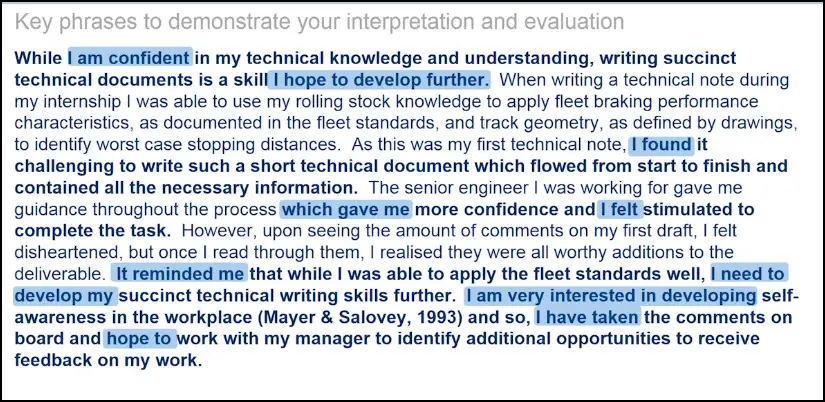
Now let’s take a closer look at the language they used to demonstrate this deeper reflection. They’ve shown how the experience made them feel with language such as ‘I found’ and ‘I felt‘, and evaluated the experience with statements such as ‘which gave me’ and ‘it reminded me’. Furthermore, their plans for the future are highlighted using language such as ‘I need to’, ‘I’m very interested in developing’ and ‘I hope to’.
Also Read: How to Research Online for Essay Writing Assignments
To be sure you have a balance of ideas and have not dedicated too much of your word count to simply describing the experience, try color-coding your description, interpretation, evaluation, and plan in four different colors.

Here the description is highlighted in blue, the interpretation in red, the evaluation in green, and the plan in yellow. This allows us to easily see the balance between these four elements. This is a great technique to try while editing your document.
The example we’ve just analyzed focuses on an experience, but the technique is equally effective when reflecting on lectures, readings, and theories. Many students who’ve been asked to write reflectively for an assignment have found it so beneficial that they’ve continued the practice even after the subject has finished.
Bottom Lines:
So, we’ve looked at how to approach reflective writing through an initial brainstorming phase. We’ve also applied the DIEP model to identify new insights. You’re now ready to begin the process yourself.

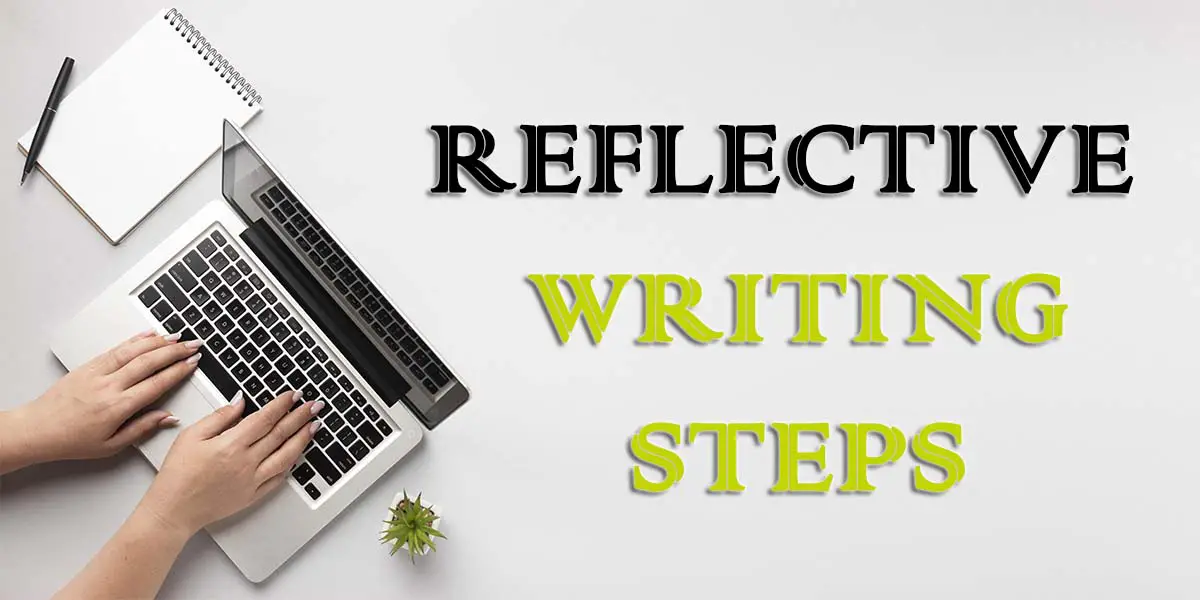
I’m really enjoying the design and layout of your site. It’s a very easy on the eyes which makes it much more enjoyable for me to come here and visit more often. Did you hire out a developer to create your theme? Great work!